History
The Founding of Fernbank*
In the late 1800s, a young woman named Emily Harrison saw an irreplaceable treasure in the vastly shrinking woodlands of Atlanta. Ahead of her time, perhaps, this naturalist led the charge to preserve 65 acres of forest in the shadows of city expansion and neighborhood development.
It's believed that one of her favorite places in the forest was a creek bank covered with ferns, which she named "Fernbank."
Harrison's vision still thrives through the conservation work and science education of Fernbank Museum. The museum's mission includes an ongoing commitment to Fernbank Forest, which was purchased by the Trustees of Fernbank to preserve and protect it for future generations. Today, at 65 acres, Fernbank Forest is the largest old-growth urban Piedmont forest in the country.
As an adult, Harrison dreamed of maintaining the forest as a "school in the woods" for nature study. In 1939, Harrison and Dr. Woolford Baker, a biologist at Emory University, led a group of 15 "conservation-minded environmentalists" to establish Fernbank as a 501(c)(3) nonprofit with the intent to purchase and preserve the 65 acres of old-growth woodlands.
*Fernbank’s campus sits on the indigenous lands of the Muscogee (Creek) and Cherokee peoples.
"A School in the Woods" — Fernbank Museum
Fernbank Museum may be the only natural history museum to "grow" out of a forest. After nearly 100 years of inspiration and decades of planning, ground was broken in 1989 for a natural history museum that would fulfill Ms. Harrison's dream of a "school in the woods" and inspire future generations of naturalists and scientists.
Built along the border of the forest to preserve the integrity of the undisturbed woodlands, Fernbank Museum officially opened to the public on Oct. 5, 1992.
Museum Highlights
- Fernbank Museum opened its doors on Oct. 5, 1992, featuring a variety of exciting permanent exhibitions, Atlanta's largest IMAX® screen, a selection of traveling exhibits and unique science programming.
- Fernbank is accredited by the American Alliance of Museums — a recognition awarded to fewer than 5% of museums nationwide. Museums are able to apply for accreditation after 10 years of operation, and Fernbank first received accreditation in 2003.
- In 2001, Fernbank became the first museum to display the world's largest dinosaurs in the permanent exhibition Giants of the Mesozoic.
- In 2004, Fernbank was selected as the permanent home of The St. Catherines Island Foundation and Edward John Noble Foundation Collection, which includes more than one million Native American and European artifacts from Mission Santa Catalina de Guale, which was established on St. Catherines Island, Georgia, in the 16th century.
- In 2006, Fernbank began an archaeology research program in Telfair County, Georgia, which led to the discovery of important 15th-century artifacts that can be traced to Hernando de Soto. Fernbank's exciting research has received international attention and garnered the support of the National Geographic Society.
- In 2009, Fernbank added Dinosaur Plaza near the museum's entrance, offering the first-ever recreation of Lophorhothon atopus with three bronze dinosaur statues.
- In 2011, Fernbank Museum opened Fernbank NatureQuest, a revolutionary children's exhibition that explores habitats in the natural world.
- In September 2016, Fernbank expanded the museum experience to the great outdoors with 75 acres of nature education and science adventures in Fernbank Forest and WildWoods.
- In February 2017, Fernbank opened a new state-of-the-art 4K laser projection system with both 2D and 3D capabilities.
- In February 2017, Fernbank debuted the new monthly adult science night, Fernbank After Dark.
- In July 2019, Fernbank welcomed Fantastic Forces, a STEAM exhibit featuring more than 10 different science-themed stations for all ages.
- In July 2020, Smithsonian Magazine recommended Fernbank as one of "Seven Places to Get Outside This Summer."
- Throughout the museum's history, Fernbank has won many awards, including Best Museum in Atlanta, Top 10 Museum for Dinosaurs in the World, Best Family Attraction, Best School Field Trip and more.









